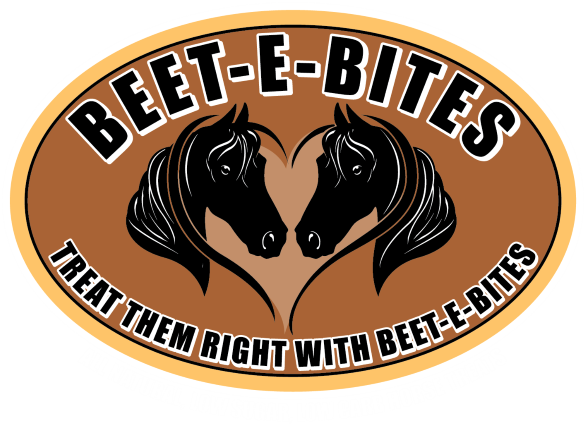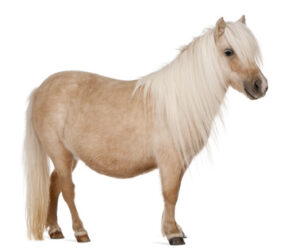The new bandwagon for feeding Insulin Resistant horses seems to be free choice hay feeding. The rationale to this thinking is that horses who are deprived of food access are being fed unnaturally, and this is a stressor that causes excessive cortisol release, causing laminitis. From personal experience, we found our own horses, fed free choice, gained approximately 50-75 pounds a piece, and after attempting this method of feeding for over a month, both horses insulin levels were off the charts. They were fed free choice, lab-tested hay under 10% starch and sugar, and the hay was placed in several slow feed hay nets in their dry lots. Our experiment with this method was a failure, and not only were the insulin levels greatly elevated so were their Leptin levels.
Please read Dr. Kellon’s blog below about feeding free choice hay, and the problems that can be associated with this method for IR horses. She explains the role that Leptin plays in appetite regulation, and how IR horses do not have this regulation. Leptin is a hormone released by fat cells which in normal horses turns off appetite. However, IR horses are leptin resistant and have elevated levels of this hormone.
More specifically, it has been suggested that horses with insulin resistance must have unlimited access to hay around the clock and claimed that even a few minutes without hay is dangerous to them. The rationale is that being deprived of access to food is unnatural and constitutes a stress, causing cortisol release. The cortisol release in turn will worsen or perpetuate insulin resistance. A further claim is that this stress and cortisol release will lead to acute, chronic or recurrent laminitis.
This is dangerous advice that has no basis in fact and attempts to simplify what is not a simple situation.
The most important consideration with regard to hay, IR and laminitis risk is the sugar and starch content of the hay. Whether fed in limited amounts or free choice, this is what determines the insulin response and therefore how safe (or not) that hay is.
While obesity per se does not causing insulin resistance, it does worsen it. Overweight IR horses improve with weight loss. Severe calorie restriction below 1.5% of bodyweight on the average can backfire because this metabolic stress actually triggers or worsens IR, but unlimited access won’t work either.
This is because insulin resistant horses are also leptin resistant. Leptin is a hormone that controls calorie intake by shutting off appetite when sufficient energy/calories has been consumed. The IR horse does not have this regulation. Allowed to eat all that they want, the IR horses will become even more obese.
The solution for IR horses is a slow feeding system. There is now a wide variety of options to do this, including nets with very small openings or feeders using bars and grates that limit how much hay the horse can extract.
Free choice hay feeding usually does work very well for horses that are not metabolically challenged. After a few days of adjusting to the novelty, they will regulate their intake to what they need. It’s not an option with grains or complete feeds containing grains though. The palatability of these dietary items will lead to overconsumption.
My starting point for feeding IR horses is a hay with no more than 10% ESC (simple sugars) and starch, combined, fed at 1.5% of current weight or 2% of ideal weight, whichever is larger. A slow feeding system is ideal. Alternatively, the horse is fed multiple small meals throughout the day.
Dr. Kellon

